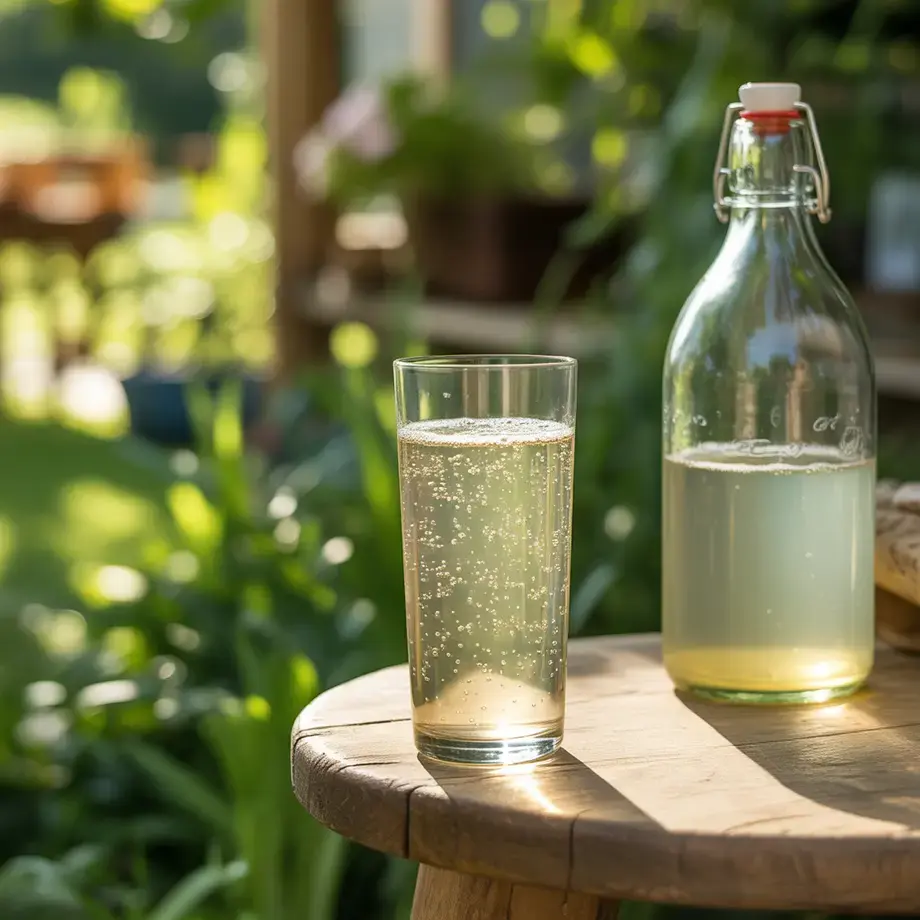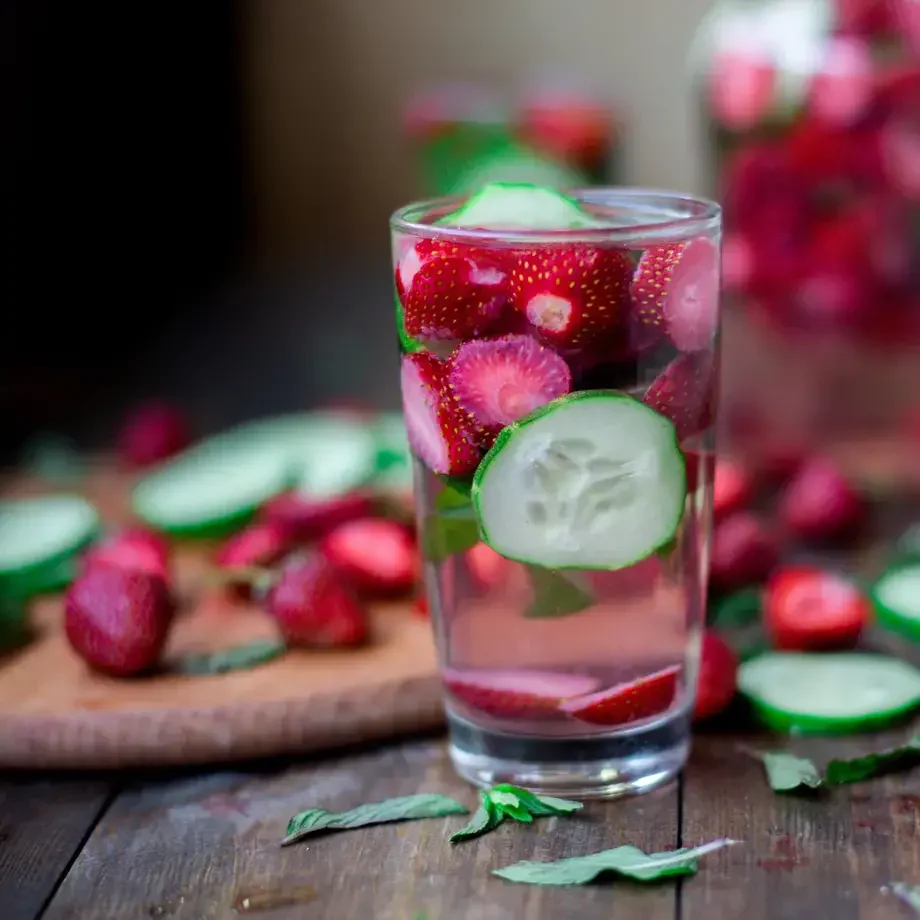In restaurateurs’ technical jargon, “service” is used to designate all phases that make a client’s stay at the restaurant efficient, seamless, and enjoyable. Service, therefore, does not consist only of presenting guests with beverages and food, but includes an entire series of tasks that must be performed before they arrive and after they have left the restaurant. Therefore, every detail of water service must be done with great attention and care.
Preparing for Service
A few hours before opening the restaurant, and in any case before each service, it's necessary to ensure that an adequate number of bottles of still and sparkling water are perfectly intact and clean, discarding those whose labels are damaged or missing, and using a damp cloth to carefully clean those that are spotted, dusty, or smudged. The bottles are then placed in appropriate refrigerated areas so that they can reach the proper serving temperature (8- 10°C for S.Pellegrino and 10- 12°C for Acqua Panna).
Among the preliminary service phases are the mise en place, that is the accurate setting of the table, which requires great attention and precision. Two different water glasses may be used, one for still and the other for sparkling water. These are placed in the upper central section of the setting, above the place card or above the napkin, somewhat separated from the wine glasses. Moving from right to left, first we position the one for still water and then the one for sparkling water. Arranging the glasses in this manner makes serving water an easier task. Both glasses, which have been inspected for perfect cleanliness, should be on the table, turned upright, when the client arrives.
Remember that water glasses should remain at the clients’ disposal until they have left the table. One of these two glasses may be removed only in the event that a guest makes the clear, specific request to have only one of the two kinds of water for the entire duration of the meal. As soon as the clients have been seated at the table, it is best to offer them water, asking which brand and which type they prefer to quench their thirsts or whet their appetites while they are selecting their food and wine. Only at a later point will the rules of harmonization, as explained previously, be applied.








